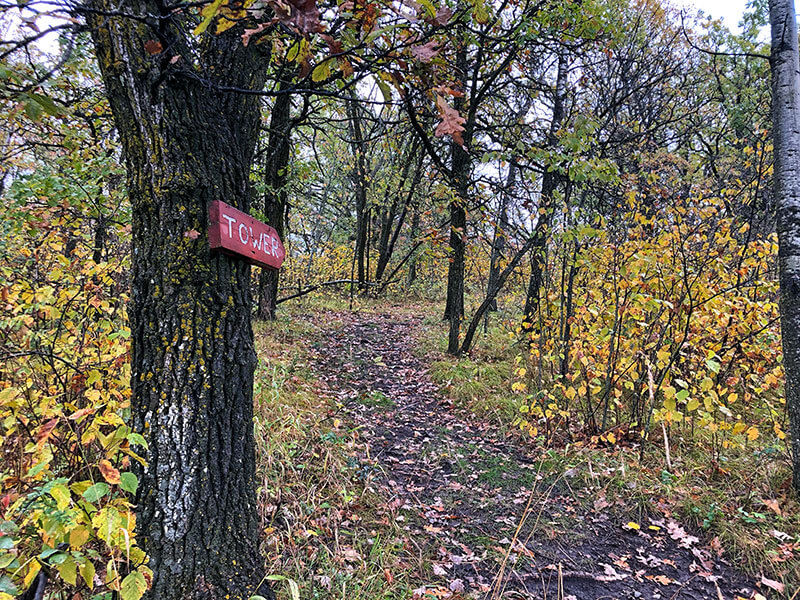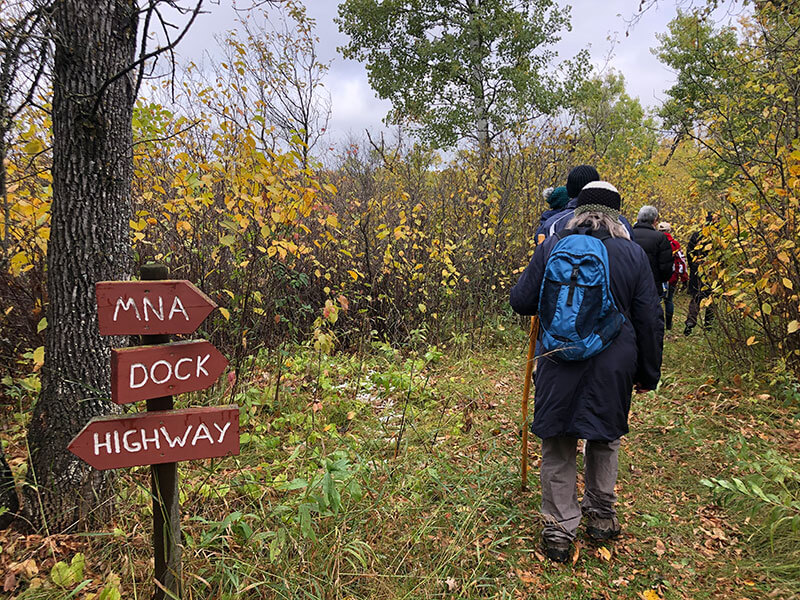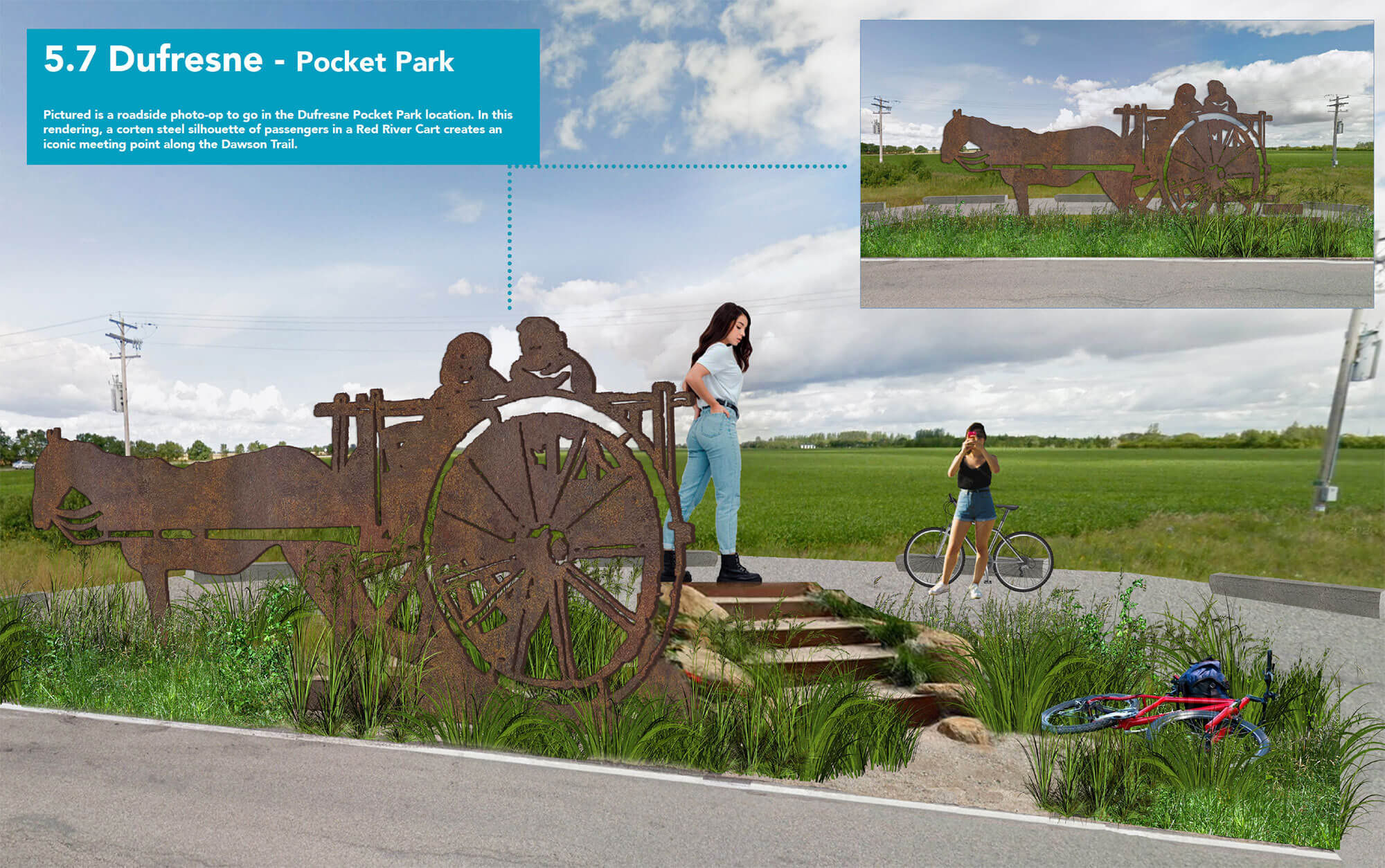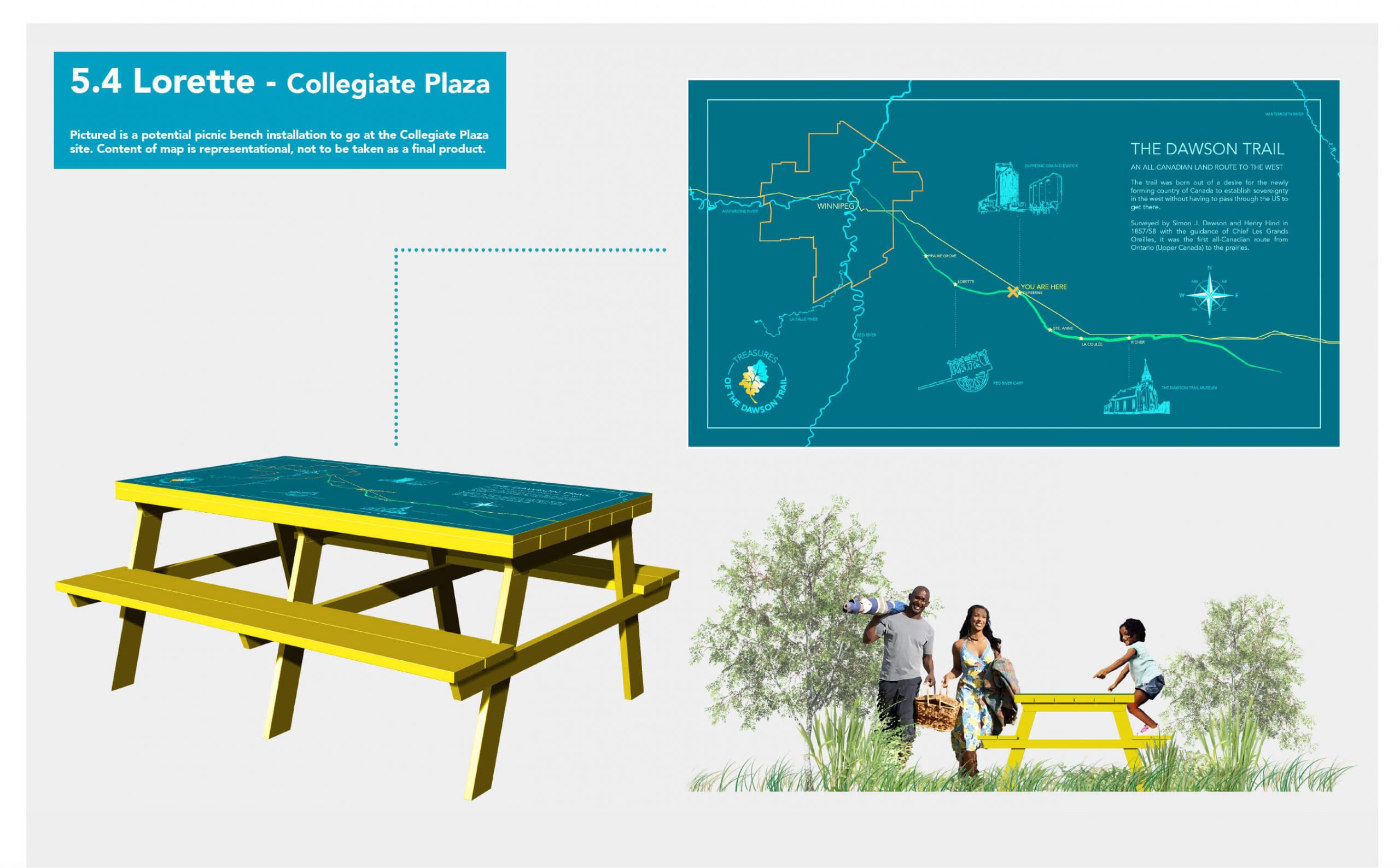Interpretive Planning 

Whether it’s a winding trail, museum exhibit, a well-tended garden, or an unexpected curiosity, your location is unique. Share it by creating a powerful sense of place among both visitors and locals, encouraging exploration and awareness.
Visitors are looking to experience and understand what makes a place or region special. High-quality, thematic and engaging interpretive signage can bring historic sites to life, guide visitors along a nature trail, revealing the hidden gems along the way, and be an effective way to help visitors gain a deeper understanding and appreciation for a location. At a regional level, well planned-out interpretive media can knit communities together along themes, amplifying the stories of individual sites and communities, and encourage visitors to explore a region more thoroughly.
So, where do you start?
A solid interpretive plan is key. An interpretive plan is a document that acts as a road map for interpretive content for a site or region. Taking this step before embarking on your exhibit will save you time and money in the long run and will result in a better quality visitor experience.
It is developed by a collaboration between site managers (like you), interpretive experts (like me), experts in specific subjects, and other stakeholders to guide the story to want to tell, the type of media you will use to tell it and where that media will go on the landscape.


Because exhibits can be indoors, outdoors, or digital, there is no single template for an interpretive plan, but an effective plan will have some combination of:
Conceptual framework
- Significance of the site, story
- Interpretive themes
- Audience analysis
- Stakeholder feedback
- Outline of the objectives of the interpretive experience
Action Plan
- Decisions on how best to convey interpretive themes to users on the real or digital landscape.
- A road map to take the project to the next stages
- Evaluation strategies
Depending on your planned exhibit, I will bring in partners such as local landscape architects, interior exhibit designers, filmmakers, or app developers to ensure all of your needs are met. I work extensively with Little Bluestem Landscape Architecture on outside exhibits. We have built several interpretive plans for outside exhibits, ranging in size from parks to entire communities. In developing an interpretive plan, I will work with you and other stakeholders to develop themes and goals and lay out a blueprint to create your media. Your plan will be a document that will be used to, guide your project, inspire stakeholders, and secure funding.

